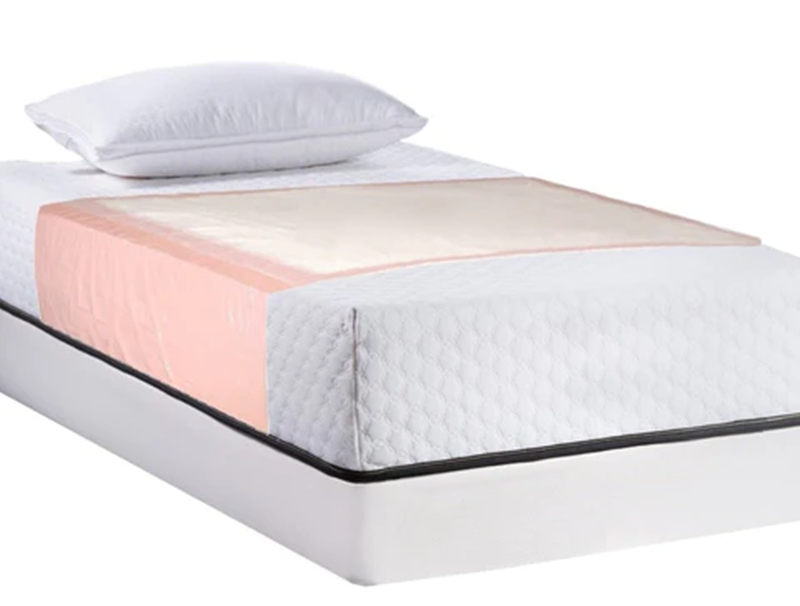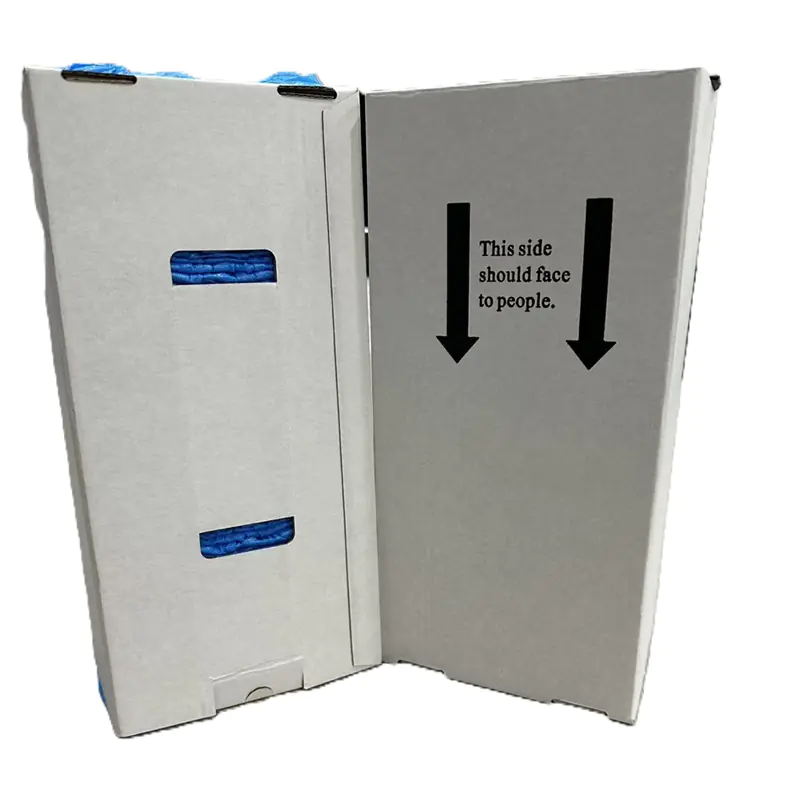Do you wonder, What is the difference between bed pads and underpads? Let’s clear up bed pads vs underpads, underpads vs disposable bed pads, and if are bed pads and underpads the same. We’ll look at bed pads versus underpads, chux pads vs underpads, and more like medical underpads vs bed pads.
Bed pads are big sheets like disposable bed pads, reusable bed pads, or absorbent bed pads for full beds. Think of waterproof bed pads, incontinence bed padse hospital bed pads. But almofadas, also absorbent underpads ou pensos higiénicos descartáveis, are smaller for spots like chairs. Both help with leaks using heavy-duty bed pads vs underpads, covering all about bed pads absorbency vs underpads, bed pad thickness vs underpad thicknesse bed pad sizes vs underpad sizes.

Here’s a quick look at underpad absorbency vs bed pad absorbency, bed pad uses vs underpad uses, and more like bed pad material vs underpad material:
| Caraterística | Bed Pads | Underpads |
| Tamanho | 34″x36″ (big) | 17″x24″ (small) |
| Absorção | 1,000-2,500mL | 300-750mL |
So, pick bed pads for elderly, large bed pads, or bariatric underpads for big spills with bed pad leakage protection vs underpads. Choose non-slip underpads, pediatric underpads, or travel bed pads for small spots. Check out Extra Large Disposable Bed Pads 1, Disposable Bed Pads with Adhesive Strips 2e Disposable Absorbent Under Pad for Adult and Child 3 for options.












